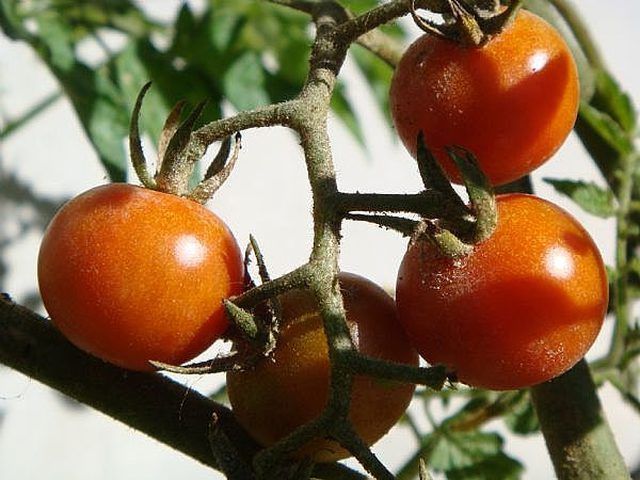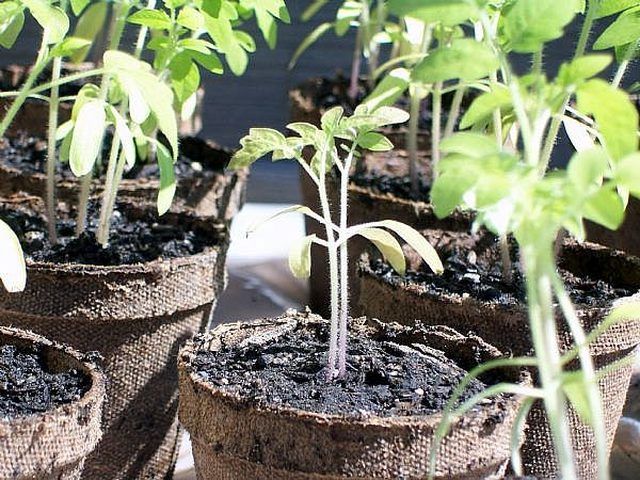Bulbs
Flower Basics
Flower Beds & Specialty Gardens
Flower Garden
Garden Furniture
Garden Gnomes
Garden Seeds
Garden Sheds
Garden Statues
Garden Tools & Supplies
Gardening Basics
Green & Organic
Groundcovers & Vines
Growing Annuals
Growing Basil
Growing Beans
Growing Berries
Growing Blueberries
Growing Cactus
Growing Corn
Growing Cotton
Growing Edibles
Growing Flowers
Growing Garlic
Growing Grapes
Growing Grass
Growing Herbs
Growing Jasmine
Growing Mint
Growing Mushrooms
Orchids
Growing Peanuts
Growing Perennials
Growing Plants
Growing Rosemary
Growing Roses
Growing Strawberries
Growing Sunflowers
Growing Thyme
Growing Tomatoes
Growing Tulips
Growing Vegetables
Herb Basics
Herb Garden
Indoor Growing
Landscaping Basics
Landscaping Patios
Landscaping Plants
Landscaping Shrubs
Landscaping Trees
Landscaping Walks & Pathways
Lawn Basics
Lawn Maintenance
Lawn Mowers
Lawn Ornaments
Lawn Planting
Lawn Tools
Outdoor Growing
Overall Landscape Planning
Pests, Weeds & Problems
Plant Basics
Rock Garden
Rose Garden
Shrubs
Soil
Specialty Gardens
Trees
Vegetable Garden
Yard Maintenance
How to Grow Tomatoes in a Bag
How to Grow Tomatoes in a Bag. Here's how to grow tomatoes in a bag organically and in an eco-friendly, DIY manner. When growing tomatoes in a bag, you can grow tomatoes without a garden, even somewhat late in the season if you begin with well-established seedlings. They can set right on the lawn outside your kitchen door, or any convenient place...

Here's how to grow tomatoes in a bag organically and in an eco-friendly, DIY manner. When growing tomatoes in a bag, you can grow tomatoes without a garden, even somewhat late in the season if you begin with well-established seedlings. They can set right on the lawn outside your kitchen door, or any convenient place that gets at least seven hours of sunlight.
Things You'll Need
Determinate tomato seeds or starts
Specific organic potting soil (see article)
Alfalfa meal
Kelp meal
Coir fiber
Recycled plastic bags (see article for type)
Four to five dark stones about the size of softballs
Get recycled bags. If you live in an area that gets long, hot summers, recycle two white plastic shopping bags for each tomato plant you plan to grow. If you live where summers aren't long and hot, such as in the Pacific Northwest, get a black plastic trash bag for each tomato. Look closely at the black one to make sure it's chemical-free and made of recycled plastic. Don't get one that has built in chemical "germ fighters." Choose one at least the size of a grocery bag, a little larger is fine. Both of these choices will give you strong plastic with handles. Tomatoes in the ground often do well with black plastic to warm their roots. But when it comes to how to grow tomatoes in a bag, the black bag itself will be the heat generator unless your summers are scorching, and in that case, you'll use the white bags to reflect heat instead of absorbing it.
Fill and prepare the bag correctly. Any confined container, including grow bags, can dry out and run out of nutrients. Purchase an organic potting soil that says it contains live beneficial micro-organisms, dolomite and worm castings. If using recycled grocery bags, first double them up before filling. Fill bags 2/3s full. Then add one cup of coir (also called coco pith) now available at garden stores. This is the stuff that absorbs and holds large quantities of water and slowly releases it, and as far as watering, that's how to grow tomatoes in a bag without them drying out so easily. Then add one cup of granulated kelp, also available at garden stores. When you grow tomatoes in a bag, this helps them resist drought if it should occur and get trace minerals they'd otherwise get in the wild by spreading their roots far and wide. Finally, add one cup of alfalfa meal, an extraordinary natural growth stimulant. Mix well and punch a few small drainage holes in the bottom. Use something thin like a toothpick, and make the holes at least three inches apart.
Choose the right tomatoes. A serious component of how to grow tomatoes in a bag is the tomato choice. Tomatoes come in three "types," and the type you want is "determinate." These are self supporting and bushy. The other types need more support and it's hard to stick stakes or tomato cages deep enough into a grow bag to make them work. If not certain, ask the seed company or nursery if the tomato seeds or starts are determinate for sure.

Plant the tomato in the bag. First, moisten the soil in the bag and let it absorb enough water to a nice spongy consistency. If planting seeds directly, plant three per bag near the center, eventually thinning out all but the strongest. If planting a seedling, remove all but the top "umbrella" of leaves and plant the roots and clipped stem down into the soil. Surround it with a ring of stones (if planting seeds wait until they've sprouted and have their first true leaves that come after the "baby" leaves you first see when they spring from the soil). This is also important for how to grow tomatoes in a bag. The stones give a little extra support for holding the roots in place, and they also absorb heat and release it at night.
Keep soil moist. Don't let it dry out, and don't make it soggy.
Tips & Warnings
If you want even more warmth and DIY recycled support for the tomato grow bags, surround the bag with plastic gallon jugs filled with water. These become a supportive temporary greenhouse.
Author disclaims liability and offers article for educational purposes only.
Parents are responsible for any activities involving their children.
Author's articles are registered with the national copyright office and protected with Copyscape